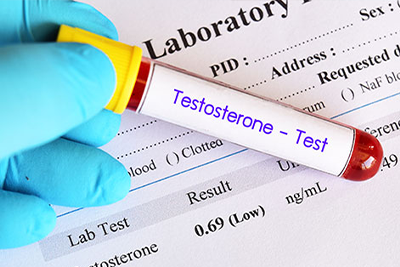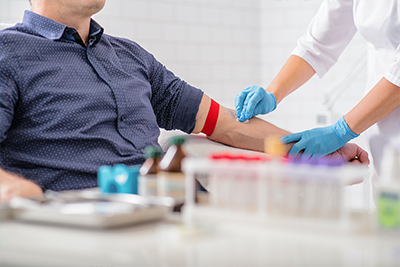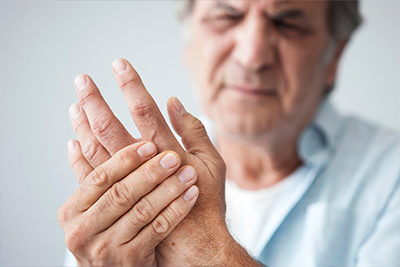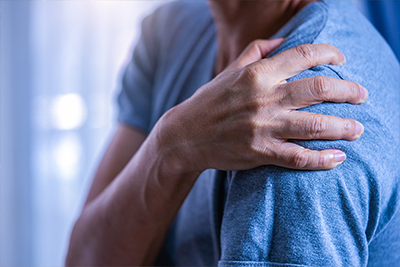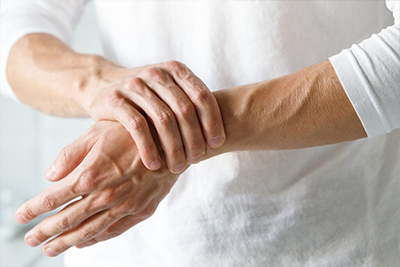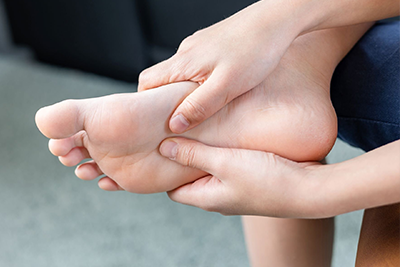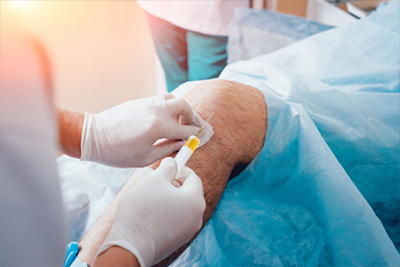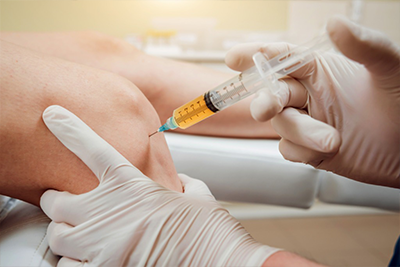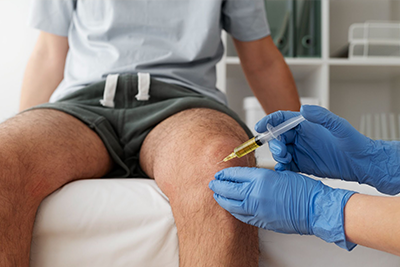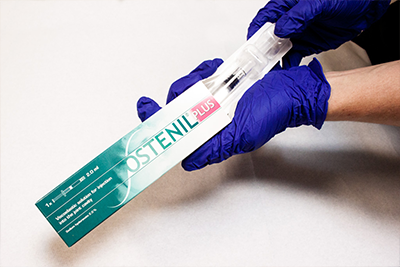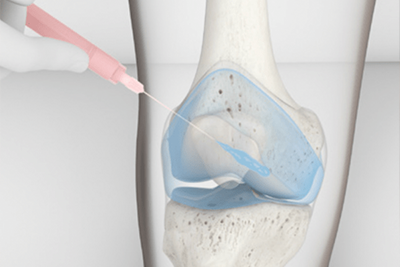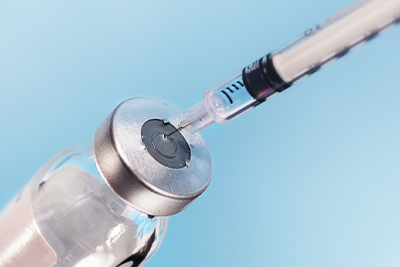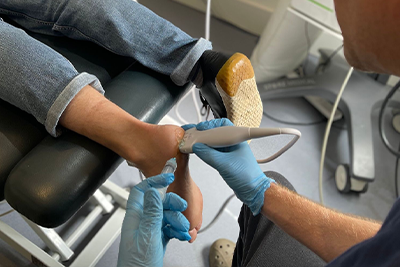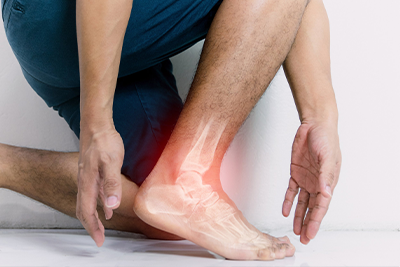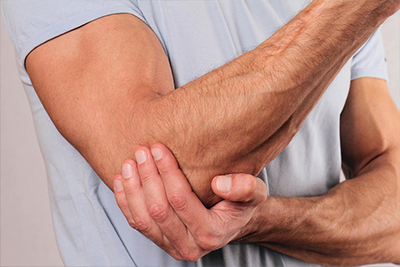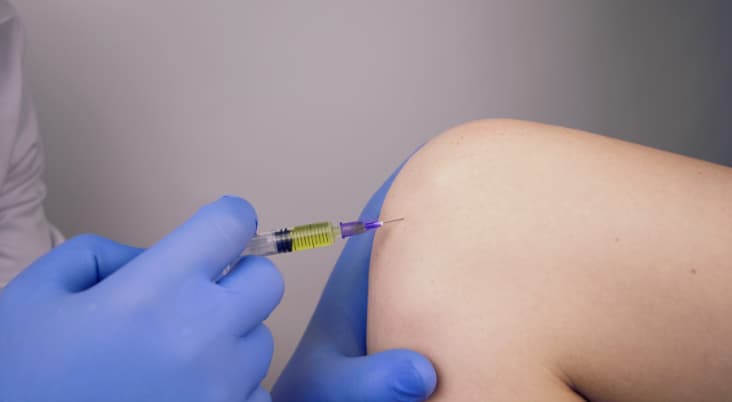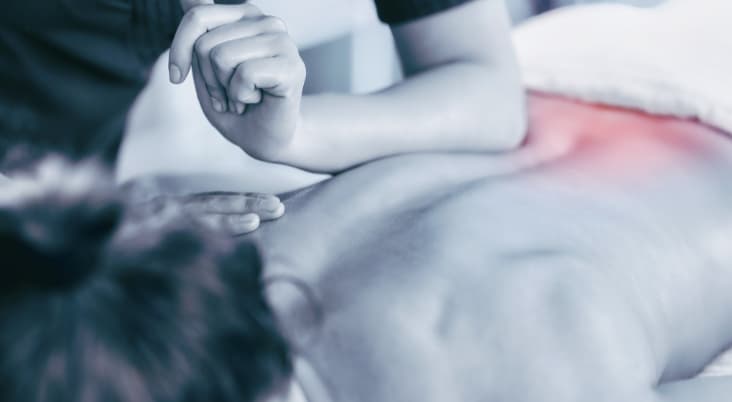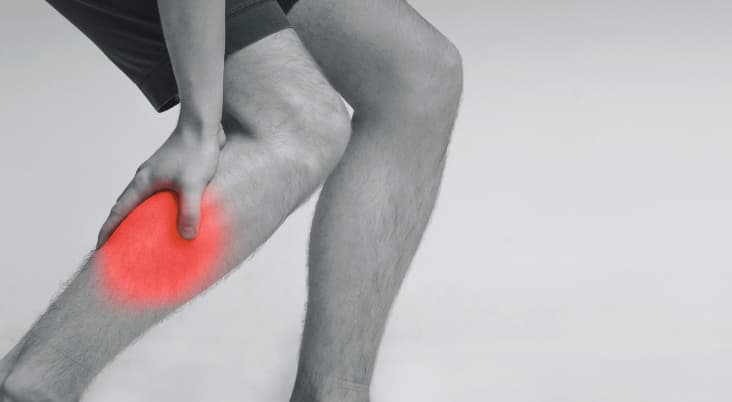Testicular health is an essential aspect of overall well-being for men, yet it is often overlooked or shrouded in silence. Beyond their role in reproduction and hormone production, the testicles can be indicators of various health conditions, some of which can have significant implications if not addressed promptly.
We will explore common signs and symptoms associated with testicular health issues, including those that might warrant immediate medical attention. From changes in size or texture to unexplained discomfort, recognising these signs is crucial for early detection and treatment of potential health problems.
Testicular Health
Testicular health is foundational to both reproductive capabilities and overall well-being in men.
Anatomy of the Testicles:
The testicles, or testes, are located within the scrotum, a pouch of skin beneath the penis. They are oval-shaped and typically about the size of large olives.
Each testicle is housed in its section of the scrotum and suspended by the spermatic cord, which contains the vas deferens, arteries, veins, lymphatics, and nerves.
Internal Structure:
Internally, the testicles comprise two primary types of cells: Leydig cells, which produce testosterone, and Sertoli cells, which support sperm production.
Function of the Testicles:
One of the primary functions of the testicles is to produce sperm, the male reproductive cells. This process, known as spermatogenesis, occurs within the seminiferous tubules.
Hormone Production:
Testicles are also pivotal in hormone production, most notably testosterone, the primary male sex hormone. Testosterone is crucial in male sexual development, muscle mass, bone density, and mood regulation.
Role in Men’s Health:
Reproductive Health:
The health of the testicles directly impacts fertility and reproductive capabilities. Issues such as low sperm count or poor sperm quality can arise from compromised testicular health.
Overall Health Impact:
Beyond reproduction, testicular health influences other aspects of wellness. Testosterone, for instance, affects energy levels, libido, and overall vitality.
Testicular dysfunction can lead to various health issues, including hormonal imbalances and sexual dysfunction. In some cases, it can be a sign of more severe health conditions like testicular cancer.
Psychological Well-being:
Testicular health can also have psychological implications. Issues such as testicular cancer or infertility can impact mental health, leading to stress, anxiety, or depression.
Stats on Testicular Health
Testicular health issues, including testicular cancer, are significant concerns in men’s health, particularly in the UK.
Prevalence of Testicular Conditions:
Testicular cancer, while relatively rare, is a significant concern. It’s the most common cancer in young men in the UK. According to Cancer Research UK, there are around 2,300 new testicular cancer cases in the UK every year, making it the 16th most common cancer in males.
The survival rate is high, with around 98% of men surviving their disease for ten years or more, thanks to advances in treatment and early detection.
Besides cancer, conditions such as varicocele (enlargement of the veins within the scrotum), epididymitis (inflammation of the tube at the back of the testicle), and testicular torsion are also noteworthy. These conditions, while not as severe as cancer, can still significantly impact testicular health and overall well-being.
Age Demographics Most Affected:
Testicular cancer predominantly affects younger men. The UK has the highest incidence rates in men aged 25-49.
This demographic is also more likely to experience non-cancerous conditions like epididymitis and testicular torsion, which typically occur in younger and middle-aged men.
While less common, older men are not immune to testicular health issues. Conditions like testicular atrophy or hypogonadism (decreased functional activity of the gonads) can occur in this age group.
Awareness and Early Detection:
Given the young age demographic most affected by testicular cancer and other conditions, there is a significant need for education and awareness, particularly among teenagers and young adults.
Encouraging Regular Self-Examination:
Regular testicular self-examinations can lead to early cancer detection and other conditions, significantly improving treatment success rates.
Common Symptoms and What They Mean
Awareness of the common symptoms associated with testicular health is vital for early detection and effective management of potential issues.
Swelling or Lumps:
A lump or swelling in one of the testicles is the most common symptom of testicular cancer. These lumps are usually painless but can sometimes be associated with discomfort.
Not all lumps or swellings are cancerous. Conditions like epididymal cysts, hydrocele (fluid build-up), or varicocele can also cause similar symptoms.
Pain or Discomfort:
Varied Indicators:
Pain in the testicles can vary from mild discomfort to severe aching. The nature and severity of the pain can indicate different conditions.
- Mild, intermittent pain may be due to benign issues like minor injuries or infections.
- Sudden, severe pain, especially if accompanied by nausea, could be a sign of testicular torsion, a medical emergency requiring immediate attention.
Infections and Inflammation:
Infections like epididymitis or orchitis can cause pain and swelling. These are often accompanied by other symptoms like fever or a burning sensation during urination.
Changes in Size or Firmness:
It’s normal for one testicle to be slightly larger or to hang lower than the other. However, significant changes in size or firmness over time should be evaluated.
Causes for Concern:
- An increase in size or a significant change in firmness (hardening of a testicle, for example) can sometimes indicate conditions like cancer or hydrocele.
- A decrease in size or atrophy of the testicles can be associated with hormonal issues or age-related changes.
Other Symptoms to Monitor:
A feeling of heaviness or a dragging sensation in the scrotum can sometimes be a symptom of varicocele or a large hydrocele.
Any noticeable changes in the appearance of the scrotum or testicles, such as redness or visible veins, should also be assessed.
Testicular Cancer
Testicular cancer, while one of the less common types of cancer, is a significant health concern, particularly for younger men. In the UK, awareness and early detection of testicular cancer are crucial for effective treatment and prognosis.
Overview of Testicular Cancer:
Symptoms:
Besides lumps or swellings in the testicle, symptoms of testicular cancer can include a feeling of heaviness in the scrotum, a dull ache in the abdomen or groin, and, occasionally, sudden fluid accumulation in the scrotum.
Importantly, early-stage testicular cancer may not cause any pain, making regular self-examinations crucial for early detection.
Diagnosis:
Diagnostic procedures typically involve a physical examination, scrotum ultrasound, and blood tests for tumour markers. If cancer is suspected, a biopsy or surgical removal of the affected testicle may be performed for a definitive diagnosis.
Treatment:
Treatment options vary based on the stage and type of testicular cancer but can include surgery, radiation therapy, and chemotherapy. Treatment choice depends on individual circumstances, including the extent of disease spread.
Testicular Cancer Statistics (UK):
Incidence Rates:
According to Cancer Research UK, testicular cancer accounts for about 1% of all cancers in men. However, it is the most common cancer in young men aged 15-49 years.
Survival Rates:
Testicular cancer has one of the highest survival rates of all cancers. Over 95% of men with early-stage testicular cancer will be completely cured.
Early Detection:
Men, particularly those in the higher-risk age group, are encouraged to perform regular self-examinations to check for lumps, swelling, or other testicular changes. Early detection of testicular cancer significantly improves the effectiveness of treatment and the likelihood of successful recovery.
Various health campaigns in the UK aim to raise awareness about testicular cancer and the importance of early detection, targeting young men with educational resources and guidance on self-examination.
Other Testicular Health Concerns
Beyond testicular cancer, several other conditions can affect testicular health. Understanding these is crucial for maintaining overall reproductive and general health.
Varicoceles:
Symptoms and Causes:
A varicocele is an enlargement of the veins within the loose bag of skin that holds the testicles (scrotum). It might feel like a bag of worms and can cause discomfort. It’s often described as causing a dull, aching pain.
Varicoceles develop over time and are more common on the left side of the scrotum. The exact cause isn’t always clear, but it may involve faulty valves in the veins.
Treatment:
Treatment is typically required only if a varicocele causes pain, testicular atrophy, or infertility. Options include surgical interventions to seal off the affected veins.
Hydroceles:
Symptoms and Causes:
A hydrocele is a fluid-filled sac surrounding a testicle that causes swelling in the scrotum. Most hydroceles are painless and harmless. Hydroceles are common in newborns and usually disappear without treatment. In adults, hydroceles might result from inflammation or injury.
Treatment:
Hydroceles typically don’t need treatment unless they’re large or uncomfortable. Surgical options are available for severe cases.
Epididymitis:
Symptoms and Causes:
Epididymitis is an inflammation of the epididymis, the tube located at the back of the testicle that stores and carries sperm. Symptoms include scrotal pain, swelling, and, sometimes, fever.
Causes include bacterial infections, including sexually transmitted infections (STIs) such as chlamydia or gonorrhoea.
Treatment:
Treatment usually involves antibiotics if the cause is bacterial. Pain relief and supportive care are also necessary.
Testicular Torsion (A Medical Emergency):
Warning Signs:
Testicular torsion occurs when a testicle rotates, twisting the spermatic cord. This cuts off the testicle’s blood supply, causing sudden pain and swelling. Symptoms include rash, severe pain in the scrotum, swelling, nausea, and vomiting. The affected testicle might be positioned higher than usual.
Immediate Action Required:
Testicular torsion is a medical emergency requiring immediate treatment to save the testicle. Surgery is needed to untwist the cord and restore blood flow. The sooner the treatment, the better the chances for the testicle to be saved.
Testicular Self-Examination
Testicular self-examinations are a crucial practice for early detection of abnormalities such as lumps or swellings, which could be signs of testicular cancer or other health issues.
Timing:
The best time to perform a testicular self-examination is after a warm bath or shower when the scrotal skin is relaxed.
Stand in front of a mirror. Look for any swelling on the scrotal skin.
Each Testicle:
Examine each testicle separately. Hold the testicle between your thumbs and fingers of both hands and roll it gently between your fingers.
Feel for any hard, pea-sized (or larger) lumps, smooth, rounded masses, or changes in the size, shape, or consistency of the testicles.
Epididymis Check:
Be aware of the epididymis, the soft, tubelike structure behind the testicle that collects and carries sperm. Do not mistake it for a suspicious lump.
Best Practice:
Gentleness:
Apply gentle pressure during the exam. The testicles are sensitive, and firm pressure can cause discomfort.
Consistency:
It’s normal for one testicle to be slightly larger or hang lower than the other. Pay attention to any changes in size, shape, or consistency.
Frequency:
Monthly self-examinations are recommended. Regular checks help you become familiar with the normal feel and appearance of your testicles, making it easier to notice any changes.
If you notice any lumps, swelling, changes in size or consistency, or experience persistent pain or discomfort, it’s important to see a doctor as soon as possible.
Lifestyle and Testicular Health
Lifestyle choices can have a significant impact on testicular health. Understanding how various factors like diet, exercise, and environmental influences can affect this aspect of men’s health is essential.
Lifestyle Factors:
Diet:
A balanced diet rich in antioxidants, vitamins, and minerals can positively influence testicular health. Foods high in antioxidants, such as fruits and vegetables, may help protect testicular cells from damage.
Omega-3 fatty acids, found in fish and nuts, can also be beneficial due to their anti-inflammatory properties.
Exercise:
Regular physical activity can improve circulation, including the testicular region, and is linked to better overall reproductive health. However, excessive high-intensity exercise or activities that may subject the testicles to trauma should be approached with caution.
Environmental Influences:
Exposure to certain chemicals and toxins, such as pesticides, heavy metals, and radiation, can adversely affect testicular health. Heat exposure, like that from prolonged use of saunas or hot tubs and tight clothing, can increase scrotal temperature, potentially impairing sperm production.
Opt for loose, breathable clothing to maintain a healthy scrotal temperature.
In conclusion, testicular health, often overlooked or undiscussed, is integral to men’s health. Regular self-examinations, awareness of the body’s signals, and open communication with healthcare professionals are critical in the early detection and effective management of testicular health concerns. By staying informed and hands-on, we can ensure that testicular health is given the attention and care it deserves.
Related Articles
- Pelvic Floor Pain in Men
- Starting the Conversation about Erectile Dysfunction
- Natural Alternatives to the P-Shot
- Erectile Dysfunction and Underlying Health Conditions
- Testicles and Testosterone in Men’s Health


